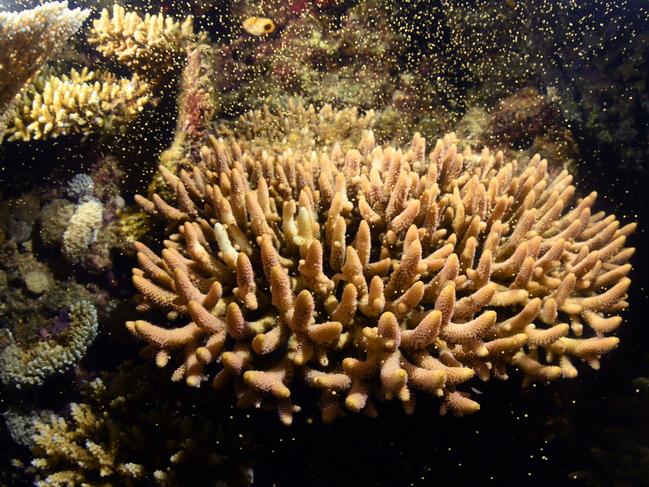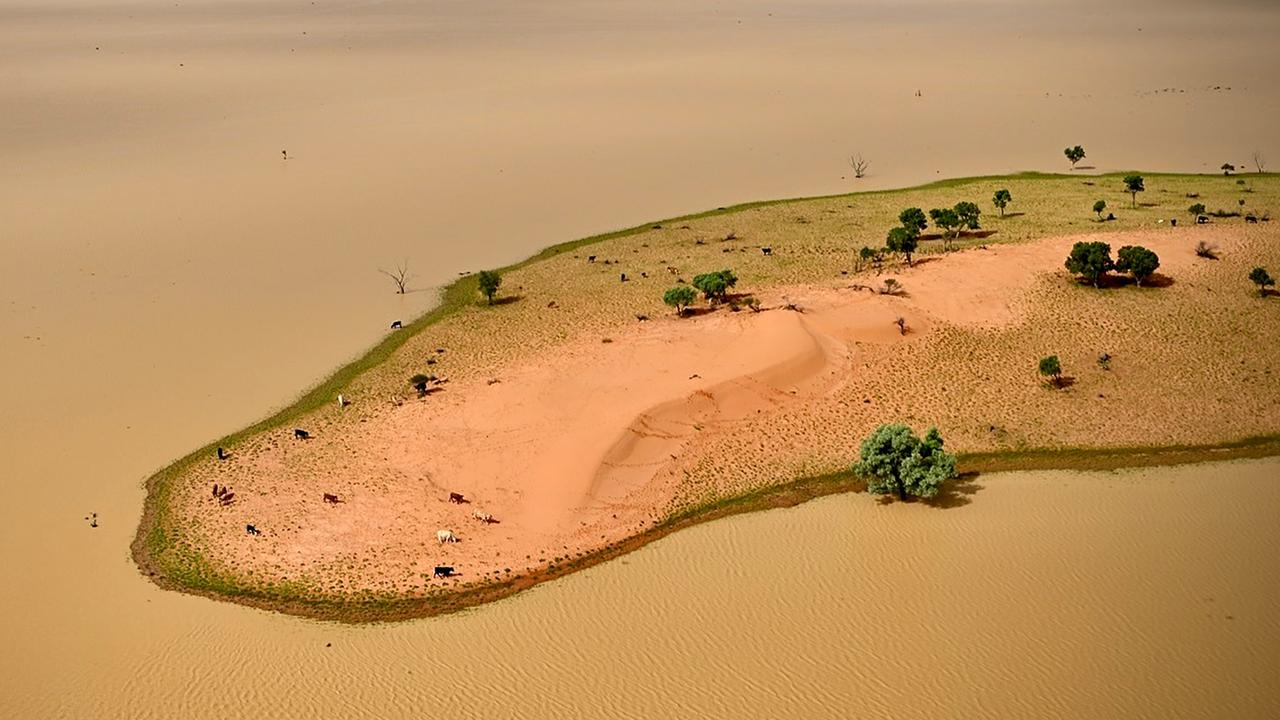Scientists use ‘coral IVF’ to save damaged parts of Great Barrier Reef
Damaged areas of the Great Barrier Reef are being given a new lease on life by scientists using groundbreaking technology during the annual spawning event described as the “biggest sex show on Earth”. SEE THE AMAZING PICTURES.
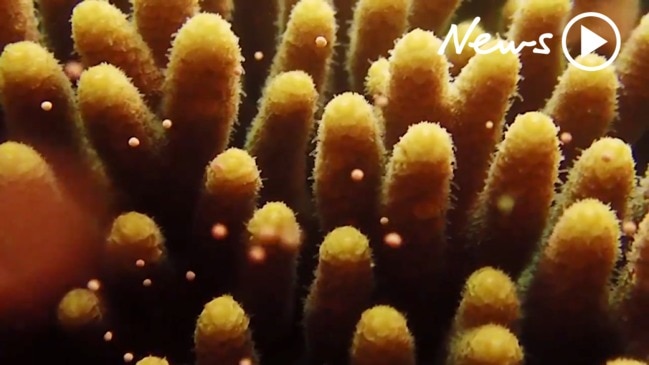
QLD News
Don't miss out on the headlines from QLD News. Followed categories will be added to My News.
SCIENTISTS have hailed the “success” of a world-first large-scale trial to plant millions of baby corals on damaged sites to save the Great Barrier Reef.
In the process dubbed “Coral IVF”, experts used large inflatable “coral nurseries” to grow coral larvae during the annual spawning event two weeks ago.
IVF for the Reef: Scientists to collect millions of coral sperm and eggs
Great Barrier Reef island bouncing back from mass coral bleaching, three years later
Frankland Islands: Great Barrier Reef’s recovery on full show
Deploying an underwater robot, millions of baby corals thermally adapted to survive mass bleaching were then settled on high-value tourist sites at Moore Reef, 42km off Cairns.
“Coral polyps are already starting to grow,’’ project leader Professor Peter Harrison, of Southern Cross University, exclusively told The Courier-Mail.
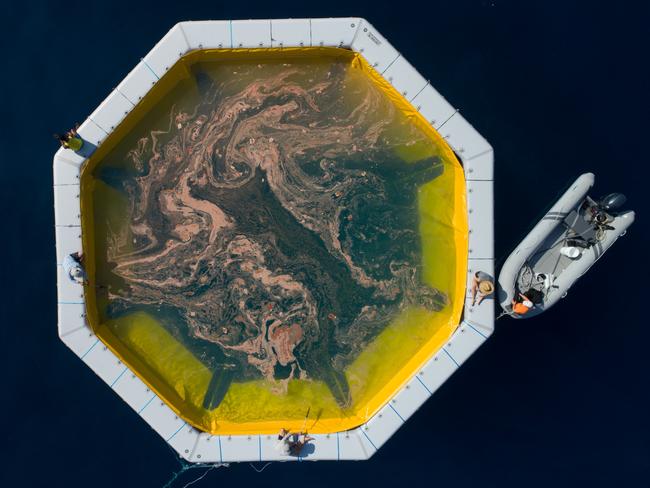
His larval restoration technique captures spawn that appears like an orange slick on the sea surface after what is described as the biggest sex show on Earth.
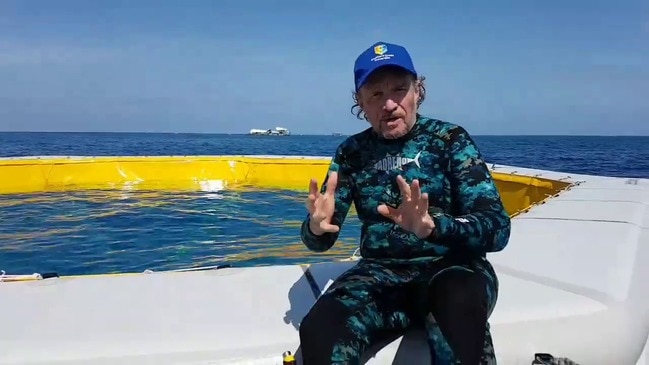
“Man is playing God,’’ Prof Harrison said.
“We’re excited to have successfully released millions of coral larvae back on to the Reef.
“But restoration alone cannot save these beautiful complex reef ecosystems.”
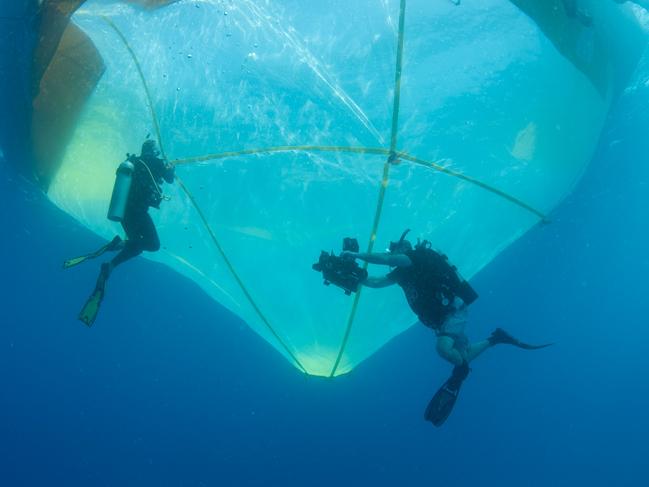
QUT professor Matthew Dunbabin believes his “RangerBots” and inflatable “LarvalBot” can help seed reefs around the world.
He said a LarvalBot was able to cover an area of 3ha of degraded reef – showering them with fertilised baby coral – in six hours.
“We’ve had significant interest from around the world to use LarvalBots to spread coral larvae where it’s most needed,’’ Prof Dunbabin said.
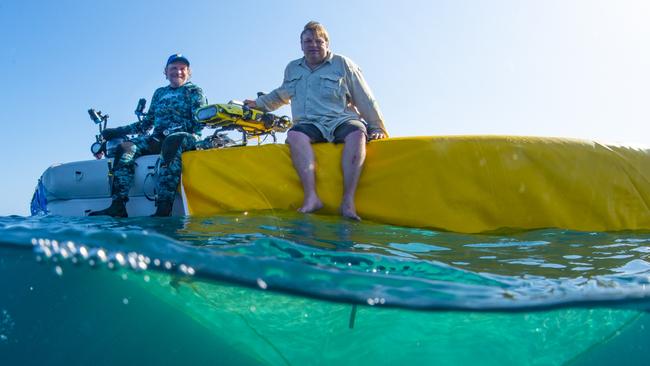
In a positive outlook, the Great Barrier Reef is likely to be spared any severe mass bleaching event this summer, experts say.
Latest forecasts show no sign yet of any underwater heatwave on the 2300-km long system.
But there may be localised bleaching.
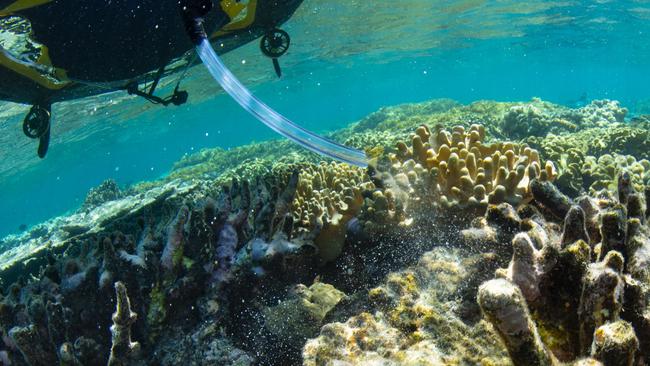
Sea surface temperatures will be about average and fewer than the average four cyclones are predicted.
“Overall, it’s predicted the summer will see warm and dry conditions until the monsoon, which will develop later than usual,’’ Dr Wachenfeld, the chief scientist of the Great Barrier Reef Marine Park Authority, said.
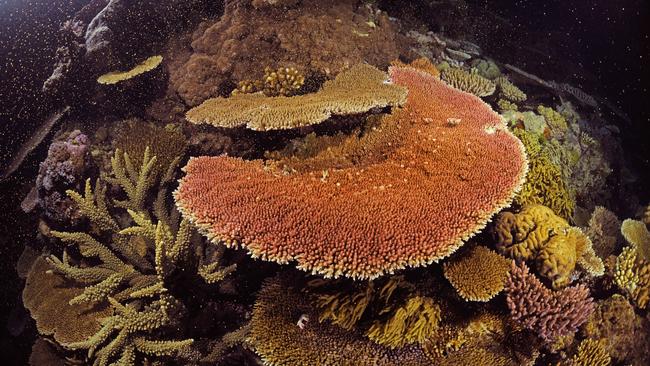
Federal Environment Minister Sussan Ley said: “While it is too early to be certain, there are some good signs in relation to the threat of further bleaching events this year.’’
